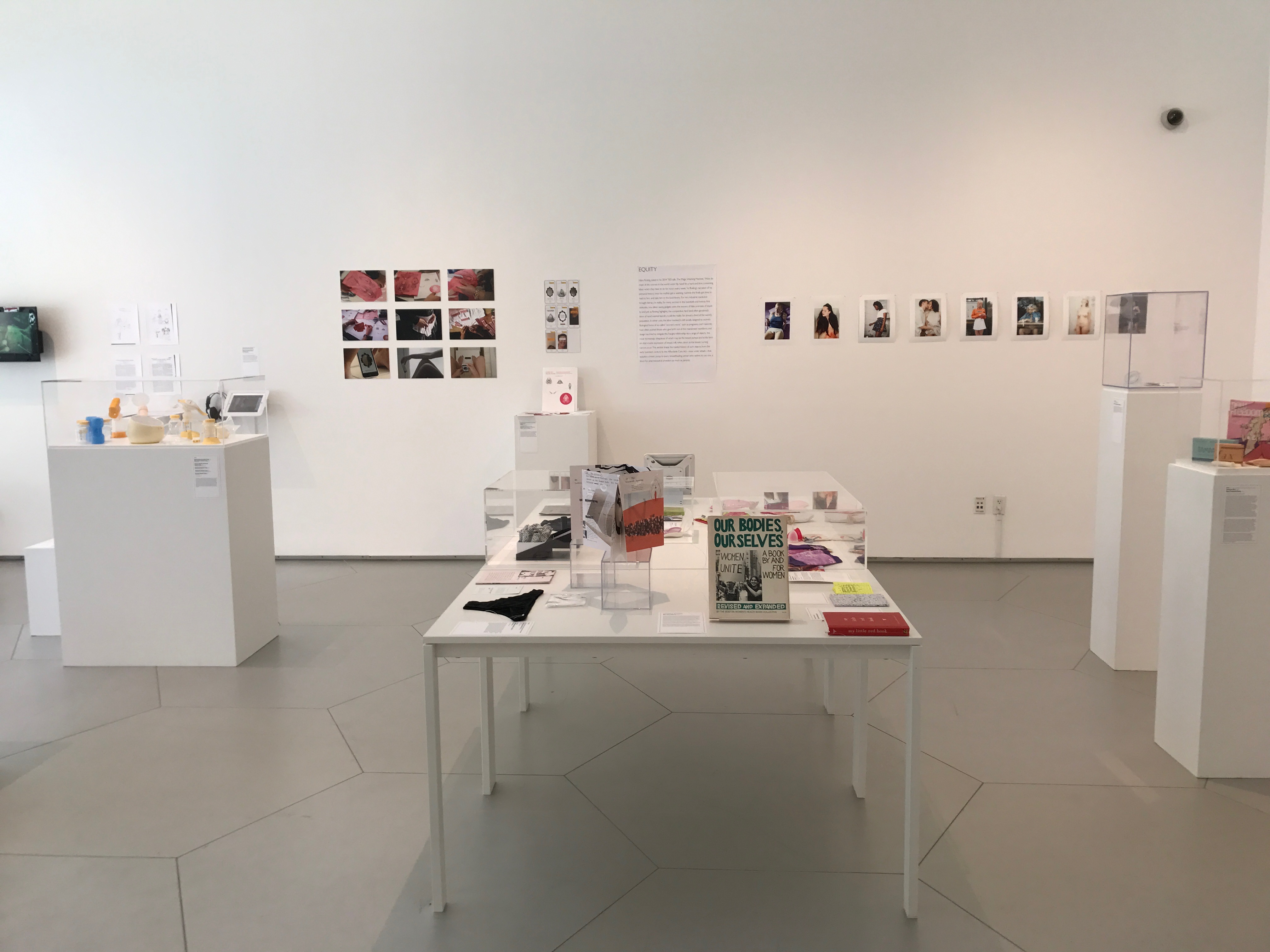I Will Want I Want: Women, Design, and Empowerment
Parsons the New School, New York. April 8 – April 23, 2017
muac, Mexico City. January 7 – June 11, 2018
![]()
![]()
![]()
![]()
![]()
![]()
![]()
Parsons the New School, New York. April 8 – April 23, 2017
muac, Mexico City. January 7 – June 11, 2018







If, according to Judith Butler’s seminal 1990 text, gender is a construction, then design—product, industrial, fashion, and graphic design in particular—has always been central to its making. The exhibition I Will What I Want: Women, Design, and Empowerment (at Parsons in April 2017, and traveling to Mexico City’s MUCA Roma in the fall) explores the complex and sometimes-contradictory role that design has played in the pursuit of gender expression and equality for those who have uteruses, menstruate, and/or identify as women, from the mid twentieth century, through second wave feminism, to present non-binary intersections.
From the contraceptive pill to the breast pump to building blocks designed expressly to engage young girls, there is a long history of industrially manufactured objects that have attempted to positively shape human experiences, offering control over fertility, ovulation, and menstruation, facilitating school and work participation, and proclaiming self-defined gender expression. However, design’s relationship with the individual and with societies is rarely uncomplicated and so many designs “for her,” even for very young girls, come with the baggage of implicit and explicit expectations about class, race, gender performance, labor, and sexuality.
From the contraceptive pill to the breast pump to building blocks designed expressly to engage young girls, there is a long history of industrially manufactured objects that have attempted to positively shape human experiences, offering control over fertility, ovulation, and menstruation, facilitating school and work participation, and proclaiming self-defined gender expression. However, design’s relationship with the individual and with societies is rarely uncomplicated and so many designs “for her,” even for very young girls, come with the baggage of implicit and explicit expectations about class, race, gender performance, labor, and sexuality.